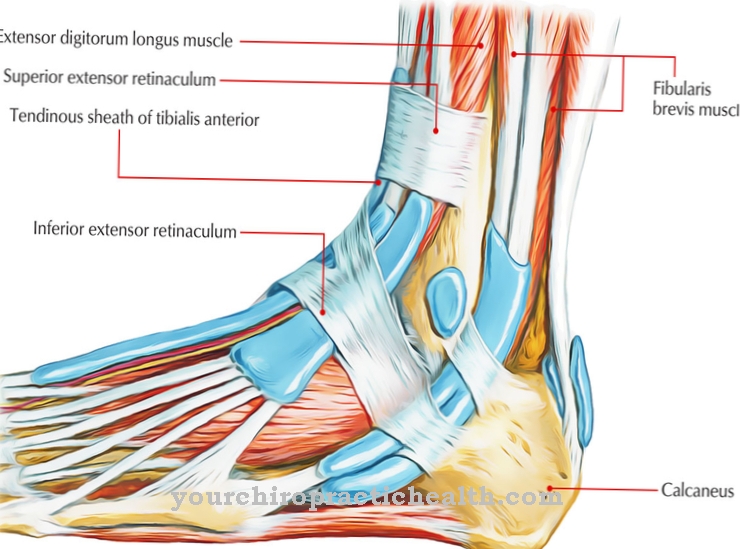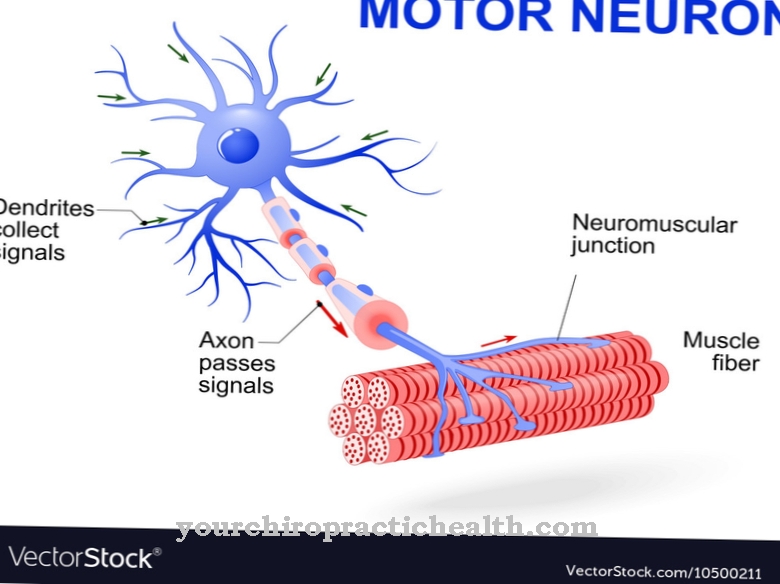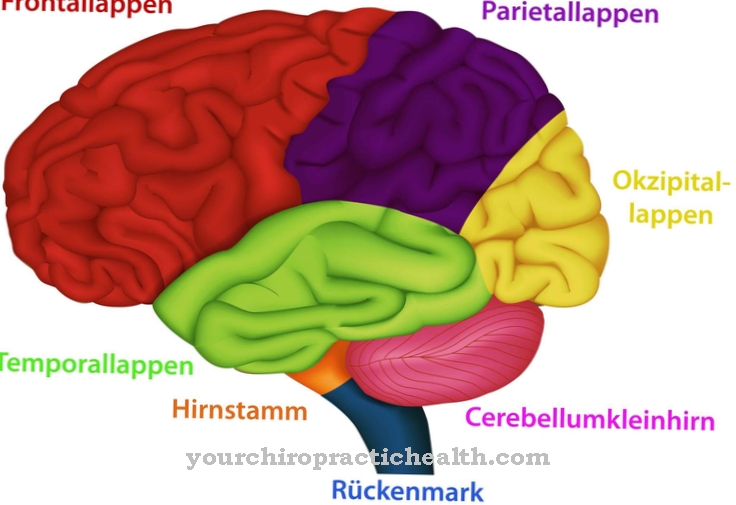The Uterine lining, also called the endometrium, lines the inside of the uterus. It plays an important role in the female cycle and during conception. From the first occurrence of menstrual bleeding until the end of the menopause, the structure and function of hormones such as estrogen and progesterone are influenced.
What is the lining of the uterus?
As Uterine lining is the name given to the innermost layer of the uterus, which consists of glands, intermediate tissue and covering tissue. While the uterus is the organ in which the embryo develops and grows, the actual implantation of the fertilized egg takes place in the endometrium.
Due to processes that have not yet been fully understood, the cells of the endometrium interact with the outer cell layer of the fertilized egg cell, which leads to implantation and thus to the beginning of pregnancy. In addition, these processes, which take place at the cellular level, form the placenta, egg envelope and umbilical cord.
The activity of the uterine lining is controlled by hormones that influence how it is built up and broken down. If a fertilized egg cell does not implant during the fertile days, the built-up uterine lining is shed and menstrual bleeding occurs.
During pregnancy, the implantation of the embryo and the reshaping of the uterus result in a different anatomical division of the endometrium. This is then referred to as "Decidua" and divided into four areas.
Anatomy & structure
The endometrium is made up of
- tubular, mucus-forming glands, the Glandulae uterinae to be named
- from the intermediate tissue (stroma) that extends between the Glandulae uterinae and functions as a supporting tissue
- and from the single-layer cover fabric, the epithelium that serves to protect the mucous membrane from both external pressure and bacteria.
Function & tasks
The implantation of the fertilized egg takes place on the lining of the uterus. This process is also called nidation. During the cycle during the so-called proliferation phase, the endometrium is prepared for implantation by the estrogen produced by the fallopian tubes.
If fertilization has taken place, the fertilized egg cell approaches the high endometrium at this point in the cycle. Upon contact, the outer part of the zygote, called the trophoblast, begins to develop in two layers of cells. The internal begins with the formation of the placenta, which later provides nourishment for the embryo.
The outer penetrates the endometrium, as a result of which its transformation into the decidua begins. After implantation, the trophoblast also begins with the formation of the fruit cover. The endometrium is used to “take in” the fertilized egg cell and is the point at which the zygote connects with the mother's organism. In addition to the placenta, the umbilical cord is also formed here, which ensures the supply of the embryonic metabolism and its oxygen supply.
When the germ is completely enclosed by the uterine lining and the egg cavity is formed, the implantation process is over. Since the task of the endometrium is to accommodate the embryo and to connect the maternal and embryonic organism, it is no longer subject to any changes due to hormonal influences before puberty and after menopause, since conception cannot occur at this point in time.
Complaints & illnesses
Endometritis is an inflammation of the lining of the uterus caused by bacteria that have penetrated the vagina. Symptoms of endometritis are fever and tenderness. It can usually be treated with broad spectrum antibiotics. The spread of germs that causes endometritis usually occurs during delivery or during a vaginal examination by a doctor.
Endometrial cancer is cancer of the lining of the uterus. It occurs mainly in women who have had menopause. The only symptom is usually bleeding or other discharge.
Traditionally dismissed as a "woman's ailment", particularly severe menstrual complaints can be a sign of endometriosis. With this disease, uterine lining foci also proliferate outside the uterus and cause discomfort there.
Endometriosis also often means reduced fertility. Endometrial foci can settle unfavorably and the fallopian tubes stick together. Endometriosis is present in around 30% of women who do not wish to have children.
Other symptoms can include severe pain that also radiates into the legs or back, as well as pain during sexual intercourse and when using the toilet. Ovarian cysts are often formed and these can be seen on ultrasound. However, since there are other causes of cysts, a reliable diagnosis can only be made through diagnostic surgery, for example in the form of a minimally invasive laparoscopy.
Neither causes of endometriosis nor definitive healing methods are known. The growths can be surgically removed, which is usually followed by a six-month hormone treatment. The treatment is successful in some patients, but the growths reappear in others. Patients who do not wish to have children can continue to take hormones free of symptoms, but may have to struggle with side effects.













.jpg)

.jpg)
.jpg)











.jpg)